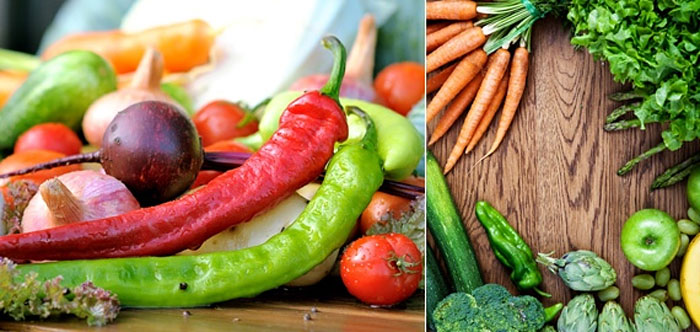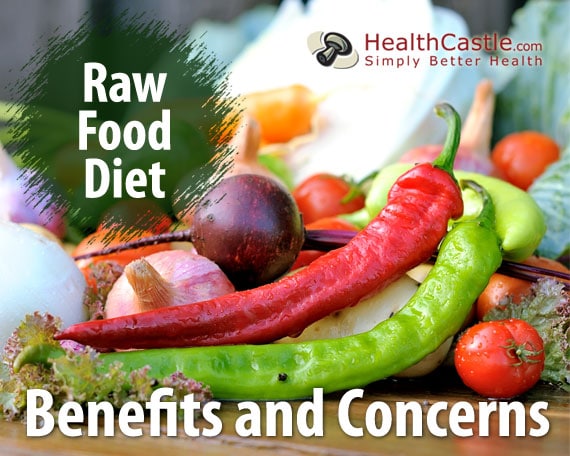
Written By: Sofia Layarda, MPH
Title: Master of Public Health
Alumni: University of California, Berkeley
Last Updated on:


A quick search on the Internet for “raw foods diet” will yield multiple links to websites and blogs. Purported benefits include weight loss, better energy, and anti-aging. What exactly is a raw-foods-only diet? And is it mostly another celebrity-endorsed food hype, or is there any sound scientific basis to going raw?

Those who eat only raw foods believe that foods should not be heated beyond 118F. Raw foodists believe that higher temperatures destroy the naturally occurring enzymes and nutrients in the foods we eat, thereby preventing the body from obtaining the optimal health benefits of the food.
Typical staples of a raw foods diet include plenty of vegetables, fruits, seeds, nuts, legumes, sprouted whole grains and sprouted seeds, oils, herbs, seaweed, and some fermented foods such as miso and sauerkraut. There are many “versions” of the raw diet. Most of those who choose to eat raw avoid meat and dairy products and are therefore also vegan. Some eliminate additional foods completely, consuming only vegetables and fruits. Other raw foodists include raw (unpasteurized) dairy or cheese, as well as raw fish or eggs.
Because there is no “conventional” cooking in a raw-foods kitchen, raw foodists make use of food dehydrators to produce items such as fruit roll-ups or dehydrated vegetable “chips” without exceeding the 118F temperature limit. Not surprisingly, food processors and blenders are also popular gadgets.
One obvious benefit of going raw is that the intake of plant foods (particularly the minimally processed type) goes way up. If you are eating plenty of fresh vegetables, fruit, and grains daily, you are way ahead of the bulk of the mainstream American population. Regular consumption of cruciferous vegetables, especially raw ones, is associated with lower risk of certain types of cancers.
Other staples of the raw foods diet, such as nuts, seeds, and sprouted grains are also high in the right kind of fats and fiber, and are more nutrient-dense than a typical Western diet of highly refined and processed foods. Sprouting grains or seeds has been shown to improve the bioavailability of some nutrients. In addition, the use of fermented foods such as miso, sauerkraut (or kimchi, the Korean counterpart), or kefir means regular consumption of probiotics, or good bacteria, which help maintain the right balance of healthy microflora in the gut.
Some nutrients are usually found in meat and dairy. If you or someone you know is adhering to a plants-only raw diet, the following nutrients will need extra attention. Vegan food choices are suggested below.
Raw or not, a mostly (or wholly) plant-based diet has been associated with lower risk of certain chronic diseases. While it is possible to get all the nutrients your body needs from a plant-based diet, it is important to keep the following in mind that any diets (not just the raw food diet) should incorporate a wide variety of plant-based foods that are minimally processed. Think whole grains, nuts (as whole nuts or nut butters), seeds, beans and lentils, vegetables, and fruit.
Alumni: University of California, Berkeley – Sofia believes in bringing back fun and pleasure into everyday eating. She loves cooking, and is constantly experimenting with ingredients, creating recipes and trying them out on family and friends. Her latest interest lies in finding realistic and practical ways of environmentally-friendly food/eating habits.
sprouting, vegetarian, whole grains